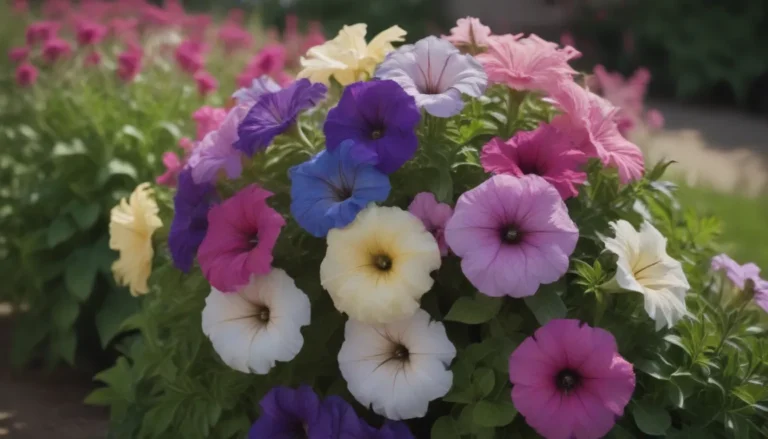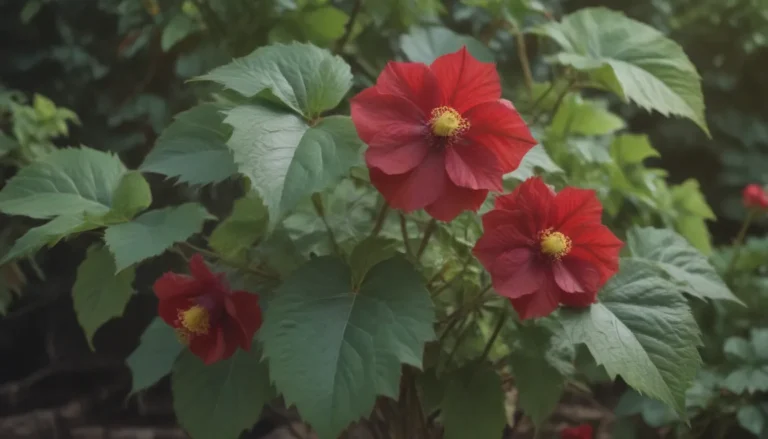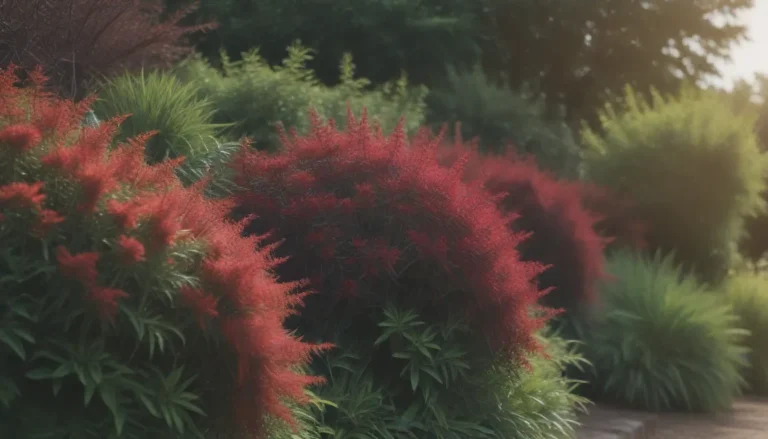The Ultimate Guide to Growing and Caring for Buddha Belly Bamboo

Buddha belly bamboo is a fascinating plant known for its unique bulbous canes that add a touch of Zen to any space. If you’re looking to add a touch of exotic beauty to your home or garden, Buddha belly bamboo is an excellent choice. In this comprehensive guide, we will explore everything you need to know to successfully grow and care for this striking plant.
Introduction to Buddha Belly Bamboo
Buddha belly bamboo, scientifically known as Bambusa ventricosa, is a species of ornamental bamboo that is prized for its distinctive swollen canes, or “shoots.” This plant is commonly grown indoors in containers, where its unique appearance is accentuated, making it a popular choice for bonsai enthusiasts. In outdoor settings, Buddha belly bamboo can reach impressive heights of 40 to 50 feet, but when grown in containers, it typically stays around 5 feet tall. This plant is not only aesthetically pleasing but also serves practical purposes such as erosion control and privacy screening.
Benefits of Growing Buddha Belly Bamboo
- Unique and striking appearance with bulbous canes
- Suitable for indoor and outdoor cultivation
- Low maintenance and easy to care for
- Excellent erosion control and privacy screening
- Less likely to spread and overtake an area due to clumping habit
Buddha Belly Bamboo Care Tips
Whether you choose to grow Buddha belly bamboo indoors, outdoors, or in a container, here are some essential care tips to ensure your plant thrives:
Light
- Full to partial sun: Place outdoor plants in a location that receives 6 to 8 hours of sunlight daily.
- Bright, indirect sun: If growing indoors, ensure the plant gets sufficient light throughout the day.
Water
- Well-draining soil: Use organically rich and well-draining soil to prevent root rot.
- Water moderately: Avoid overwatering, especially if the soil does not drain well.
Soil
- Organically rich: Provide a nutrient-rich soil mix to support healthy growth.
- Add perlite: Improve drainage by adding perlite to the soil mix, especially in containers.
Temperature and Humidity
- Subtropical climate: Buddha belly bamboo thrives in moderate temperatures and humidity.
- USDA hardiness zones: Stick to zones 3 through 10 for optimal growth.
Fertilizer
- Minimal fertilizer: Avoid excessive fertilization to maintain the plant’s natural appearance.
Pruning and Maintenance
Regular pruning is essential to keep your Buddha belly bamboo healthy and aesthetically pleasing. Follow these guidelines for effective maintenance:
- Inspect for dead or damaged shoots and remove them close to the ground.
- Indoor plants may require more frequent pruning to control growth.
- Repot as needed to prevent overcrowding and promote healthy growth.
Propagating Buddha Belly Bamboo
Propagating Buddha belly bamboo is a simple and rewarding process that allows you to expand your plant collection effortlessly. Here’s how you can propagate your bamboo:
- Divide the plant: Wait until the bamboo has formed a thick clump before dividing it.
- Create new plants: Use divided sections to start new pots for indoor or outdoor cultivation.
Common Pests and Diseases
One of the advantages of growing Buddha belly bamboo is its resistance to diseases compared to other hedge plants. While pests may occasionally bother the plant, they are usually minor and easily manageable. Keep an eye out for aphids, cotton scales, and the bamboo borer, which are the most common pests that may affect your bamboo.
In conclusion, Buddha belly bamboo is a versatile and beautiful plant that can enhance any space with its unique appearance and practical benefits. By following the care tips outlined in this guide, you can successfully grow and maintain a thriving Buddha belly bamboo plant in your home or garden. Enjoy the tranquility and beauty that this remarkable plant brings to your surroundings!





